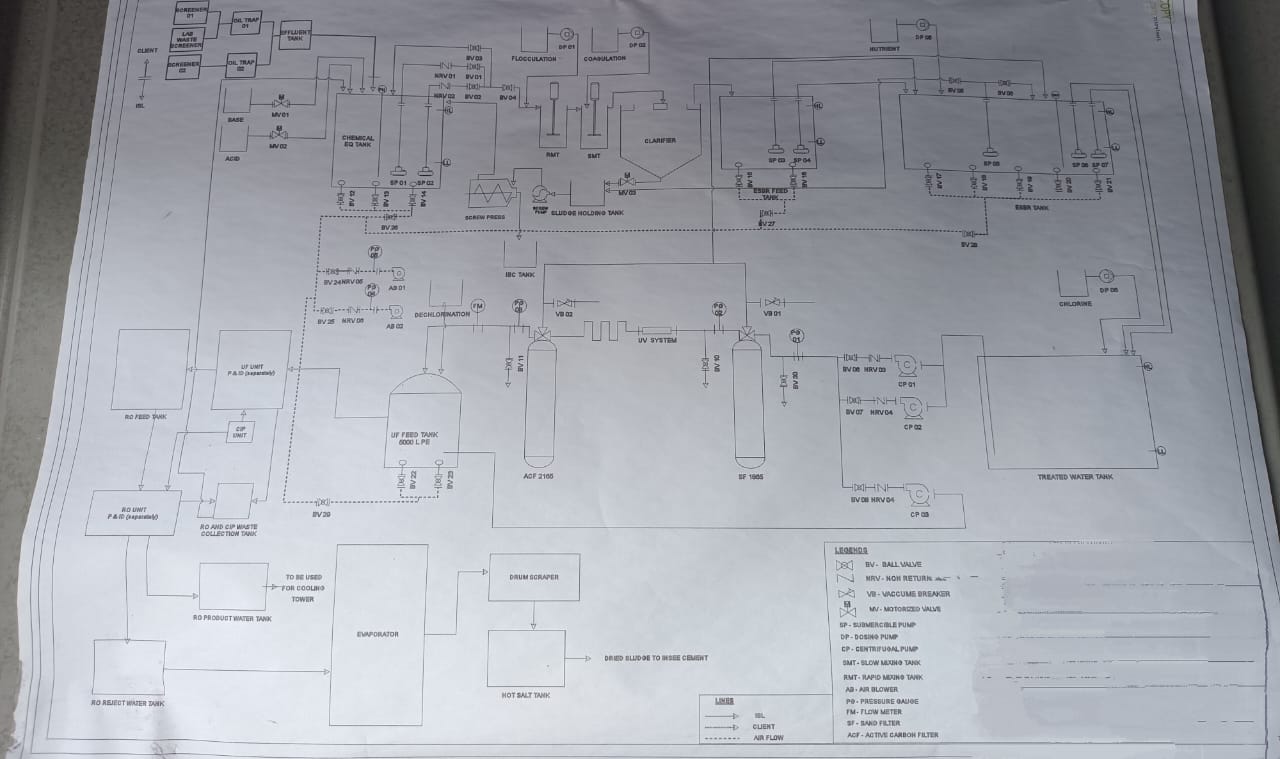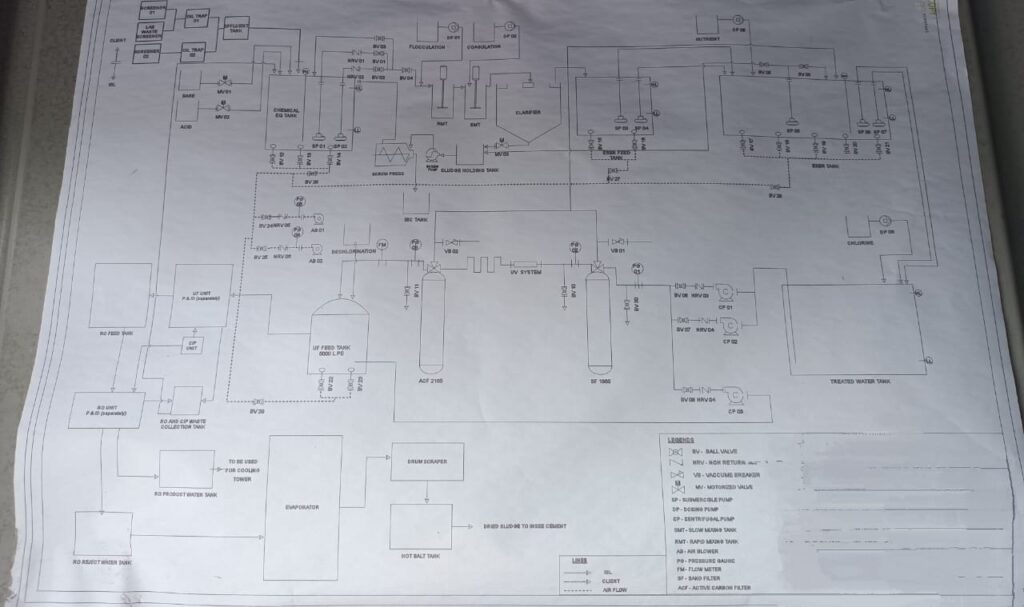
In the context of treatment plants ETP, STP, and WTP . Here’s what each abbreviation typically stands for in this field:
1.ETP (Effluent Treatment Plant):
- Purpose: An Effluent Treatment Plant is designed to treat wastewater (or effluent) from industrial or commercial activities before it’s released into the environment or reused.
- Function: ETPs typically remove pollutants like chemicals, suspended solids, oils, and other contaminants from industrial effluents. The treated water can be safely discharged or recycled for further use within the plant.
- Applications: Used in industries like textiles, pharmaceuticals, chemicals, food processing, etc.
It’s so crucial in a company to maintain ETP plant under respective rules since it can disrupt the quality of the standards and organization’s. having failed to maintain such standards can lead to huge fine.
Main considerations are;
- Discharge quality standards
- industry specific guidelines
- Compliance and monitoring
- Location and Design requiremnts
- Renewable of environmental protection Licenses (EPLs)
- Emission Standards for Air pollutants
2. STP (Sewage Treatment Plant):
- Purpose: An Sewage Treatment Plant is designed to treat domestic or municipal wastewater (sewage) to remove organic matter, suspended solids, and pathogens before discharging it into natural water bodies or recycling it.
- Function: STPs use biological, chemical, and physical processes to treat sewage. These include processes like screening, sedimentation, filtration, biological treatment (activated sludge, trickling filters), and disinfection (chlorination or UV treatment).
- Applications: Primarily used for treating sewage from households, commercial establishments, and small to large-scale urban areas.
3. WTP (Water Treatment Plant):
- Purpose: A Water Treatment Plant is a facility that processes raw water from natural sources (rivers, lakes, groundwater) to make it safe and potable for human consumption.
- Function: WTPs typically perform several steps, including coagulation, flocculation, sedimentation, filtration, and disinfection (usually with chlorine or UV light). The aim is to remove suspended solids, harmful microorganisms, and chemical contaminants to ensure water meets quality standards.
- Applications: Used for public water supply systems, ensuring clean and safe drinking water for cities and towns.
Summary of Key Differences:
- ETP: Treats industrial wastewater or effluent.
- STP: Treats domestic or municipal sewage.
- WTP: Treats raw water (from natural sources) for potable (drinking) use.
Each of these plants serves an important role in managing water resources and maintaining environmental and public health standards.

P&ID diagram of a ETP Plant
